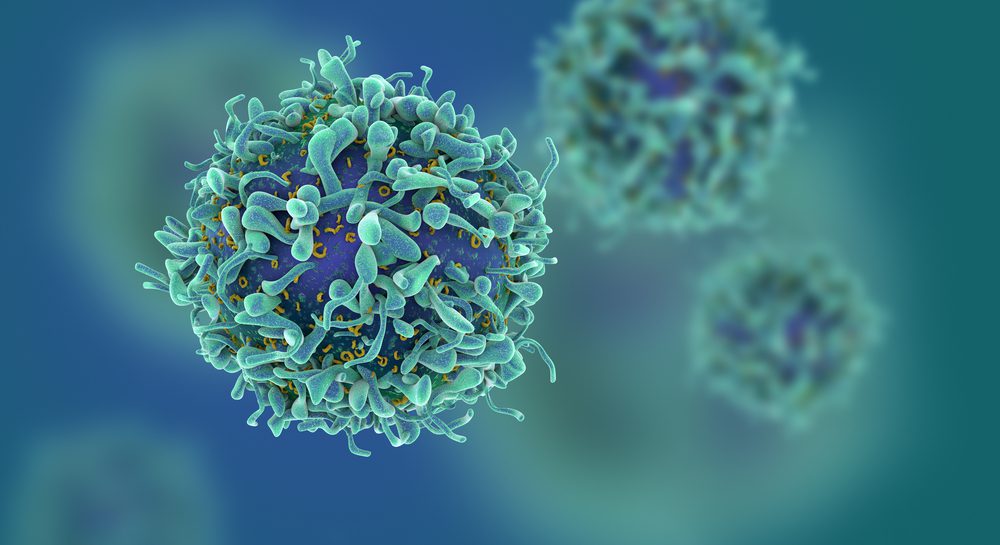Did you know that your body shows signs that can alert you to high or low sugar levels? Both of these situations are dangerous in the long run. Look for these easy-to-notice symptoms that should put you on guard and prompt you to check your health condition.
1. Feeling thirsty all the time
There are some clear diabetes signs, such as thirst and frequent urination. This is caused by too much sugar in your blood. Because your kidneys do more work to filter out the sugar, this involves pulling more fluids from your tissues. The result is that you will feel like using the toilet more often.
Your body tries to communicate with you through this thirst, and you need to replenish the liquids it’s losing. A circle is formed in this situation, as drinking may give you the impression that you need to go to the bathroom more than usual, but if you don’t drink more fluids, you will dehydrate.

2. Being wiped out due to abnormal blood sugar levels
Being tired all the time can also signal that your blood sugar is out of control. Your fatigue comes from the sugar that stays in the bloodstream instead of being used and processed by your body cells to create energy. Being left in the bloodstream means your muscles don’t get enough fuel to use for energy.
You can either feel a little tired or feel the fatigue by needing to nap constantly. Sometimes, a sign that you may have diabetes is the feeling of tiredness after eating a big meal. Feeling tired continually is not something you should let slide. It can be the cause of other diseases or even mental problems, so the best idea would be to check as soon as possible.
3. Feeling dizzy?
Another sign of sugar dysregulation can be dizziness or a shaky feeling. This is not anymore about high sugar levels, but about hypoglycemia. Our brain needs glucose to function, and a drop in blood sugar can be more dangerous than you may think because we generally tend to worry about a raised sugar level.
Any symptom of dizziness should be addressed. In the short term, you can try a glass of fruit juice that regulates the level of sugar by bringing it up in cases of hypoglycemia. If you experienced this, talk to your doctor and get the needed help for adjusting your diet or even get medication.
4. Your hands and feet swell.
Swollen hands can be a sign of diabetes. This is how it works. High blood pressure or diabetes can damage the kidney’s ability to filter. This will lead to water building up in your body over time, and yes, your hands and feet may swell. Considering the sugar or not, this is a huge indicator that you may have kidney disease.
The most important thing you need to do next is try to preserve kidney function, and for this, you must take your diabetes and blood pressure medicines as prescribed if you are already diagnosed or get the right medical consultation as soon as possible. Diet changes can also help, so working with a nutritionist to keep your blood sugar on track can be a good solution.

5. Numbness or tingling
Sensations like numbness or tingling in your hands and feet can be a sign of a condition called peripheral neuropathy. How is this connected to body sugar?
Well, this is a nerve damage condition that can appear when blood sugar levels are constantly high. If you know about this condition from experience, you know it may mean losing the ability to feel pain. You may not realize when you’re injuring or cutting yourself, or if the wound gets worse and gets infected. On the opposite, it can manifest as an unusual sensitivity to pain while feeling pain caused by stimuli that are normally not causing pain.
6. Stomach Trouble
Diabetes can damage your stomach functions and cause a condition called gastroparesis. While it affects the nerve that helps your stomach empty and move food through the digestive tract, this can cause unpleasant abdominal problems. You may experience bloating, nausea, vomiting, and heartburn. You can also feel a sensation of fullness immediately after you start to eat or for a long time afterward.
If you’re already diagnosed, you probably know that gastroparesis makes it even harder for you to control your diabetes. If you haven’t been diagnosed yet, this is a sign to take your stomach problems more seriously, especially because not only can they be caused by a dysregulated blood level condition, but they also affect the way you can control them.
7. Losing your sight
Elevated blood sugar and high blood pressure can also harm the delicate structures within your eyes and put your vision at risk.
Diabetic retinopathy is the name of this condition that is caused by damaged blood vessels in the eyes and is a big cause of blindness in adults. There are earlier signs before arriving at the worst point: spots or lines in your sight, blurred vision, flashing lights.
These signs of a retinal bleed represent a medical emergency. You need to get your eyes checked today if you’re familiar with any of these before your vision gets the chance to deteriorate.
In addition, regular eye examinations are the key to preserving your eyesight and detecting potential issues early.
8. Losing Weight
Losing unwanted pounds can be a result of your diet and movement efforts. However, losing weight without trying and maintaining the same habits may be a reason to worry. It can be a sign that your blood sugar is too high. This is a response of your body flushing out the excess glucose in your urine and taking along with it calories and fluids.
For a person who’s already been diagnosed with diabetes, this is a warning that the condition is not well controlled and needs immediate attention. You need to regularly check your sugar level and talk to your doctor to keep your diabetes in check.
If you don’t have a diagnosis of diabetes, you will need to check to see if you can control your blood sugar levels with diets or if you have developed the condition and need proper treatment.
9. Slow-healing bruises and cuts
Blood sugar out of control can also cause a healing process. You might notice little cuts and bruises take longer than usual to heal. This is a sign to get a check-in with your doctor if you didn’t show interest in the sugar level in your blood until now.
This situation needs a lot of attention, and you need to take care of your injuries because infections can cause your blood sugar levels to get even worse, creating a cycle that’s hard to break. For people with diabetes, you can avoid complications and make sure your blood levels are good while treating your wounds properly and promptly.
10. Recurring Infections
If you frequently get infections, this is a sign to manage your sugar levels, as they may be too high. These symptoms can manifest in the form of gum disease or urinary tract infections. If you’re a woman, it can manifest as a yeast infection. Skin infections caused by bacteria or fungi are very common.
While these infections are unpleasant, they are low-level ones. High blood sugar can raise the risk of more serious infections in the respiratory system, such as pneumonia, kidney or bladder infections, or severe sinus or ear infections caused by bacteria and fungi.
It’s important to get regular check-ups if you catch infections easily and take into consideration a management plan for body sugar.

It’s a good idea to check your blood level for a while if you experience any of these symptoms. Track the results and go to a specialist to discuss the potential risks and get proper treatment. Here is a Diabetes Testing Kit that you can order via Amazon.
If you found our article useful, there is another one you may like: Hair Loss in Women: 8 Possible Reasons Why It Happens to You.

























